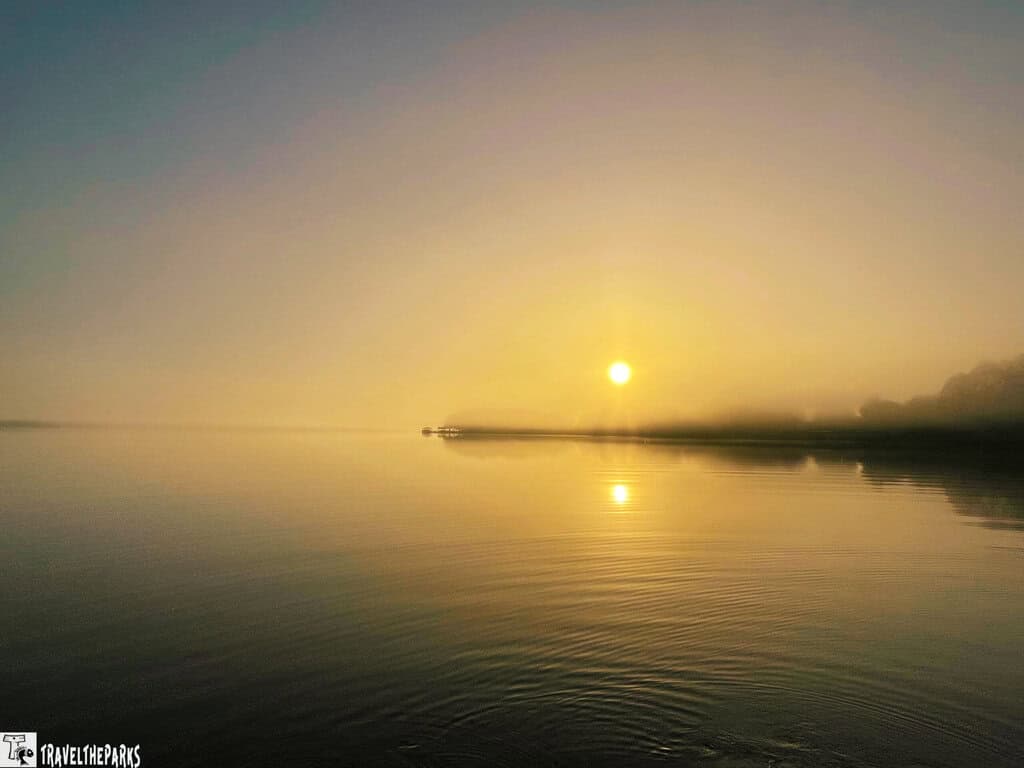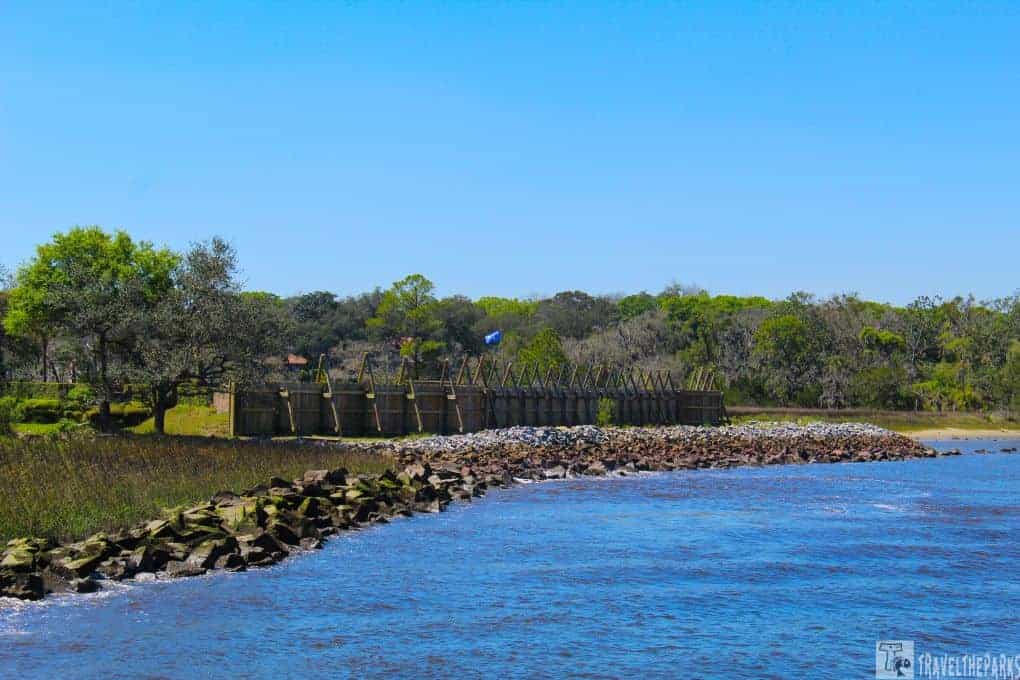One of the true joys of living in the sunshine state of Florida is the sheer abundance of natural wonders and outdoor adventures right at your fingertips. With the Atlantic Ocean to the east and the Gulf of Mexico to the west, I can be at the beach in just an hour. On a particularly breezy morning, we decided to take full advantage of this coastal proximity and embark on an adventure to the Merritt Island National Wildlife Refuge (NWR). Soon we found ourselves pulling into the refuge’s main entrance, greeted by towering palm trees and the sight of pelicans soaring overhead.
This post may contain affiliate links, meaning if you purchase something through one of these links, we may earn a small commission at no extra cost to you! Read the full disclosure policy here.
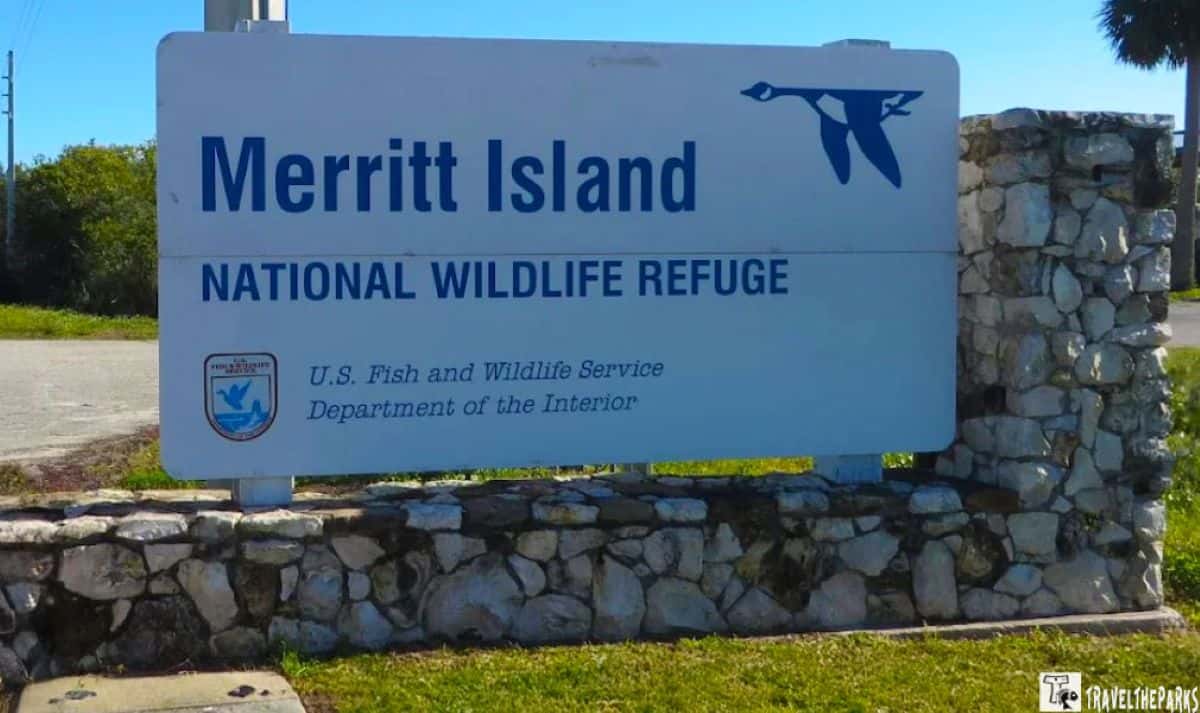
Table of Contents
How to get to Merritt Island Wildlife Refuge
The 140,000-acre Merritt Island National Wildlife Refuge is along the central coast of Florida, just to the east of the city of Titusville, and is easily accessible by car
From Orlando (approximately 45 minutes–1 hour drive): You take FL-528 East (aka the Beachline Expressway), a toll road, and head towards the coast. It’s a straightforward drive. Take Exit 49 to U.S. 1 North. Trun left onto north on U.S. 1 until you reach the intersection with State Road 402. Follow signs for the Merritt Island National Wildlife Refuge.
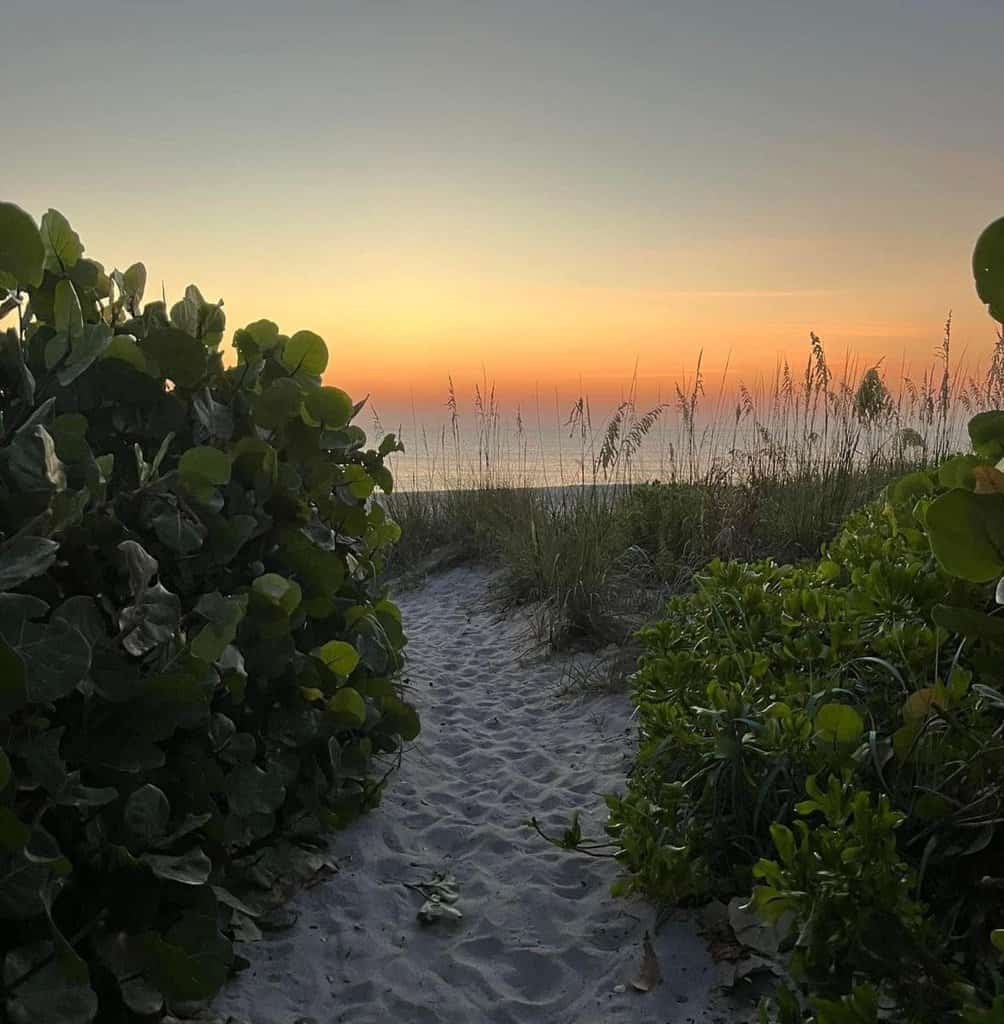
From Cocoa Beach (approximately 30-minute drive): Head west on FL-528 W (Beachline Expressway) from Cocoa Beach. Take Exit 49 to U.S. 1 North. Trun left onto north on U.S. 1 until you reach the intersection with State Road 402. Follow signs for the Merritt Island National Wildlife Refuge.
From Titusville (approximately 15-20 minute drive): Head south on U.S. 1 from downtown Titusville. Turn right onto State Road 402 and follow the signs for the Merritt Island National Wildlife Refuge entrance.
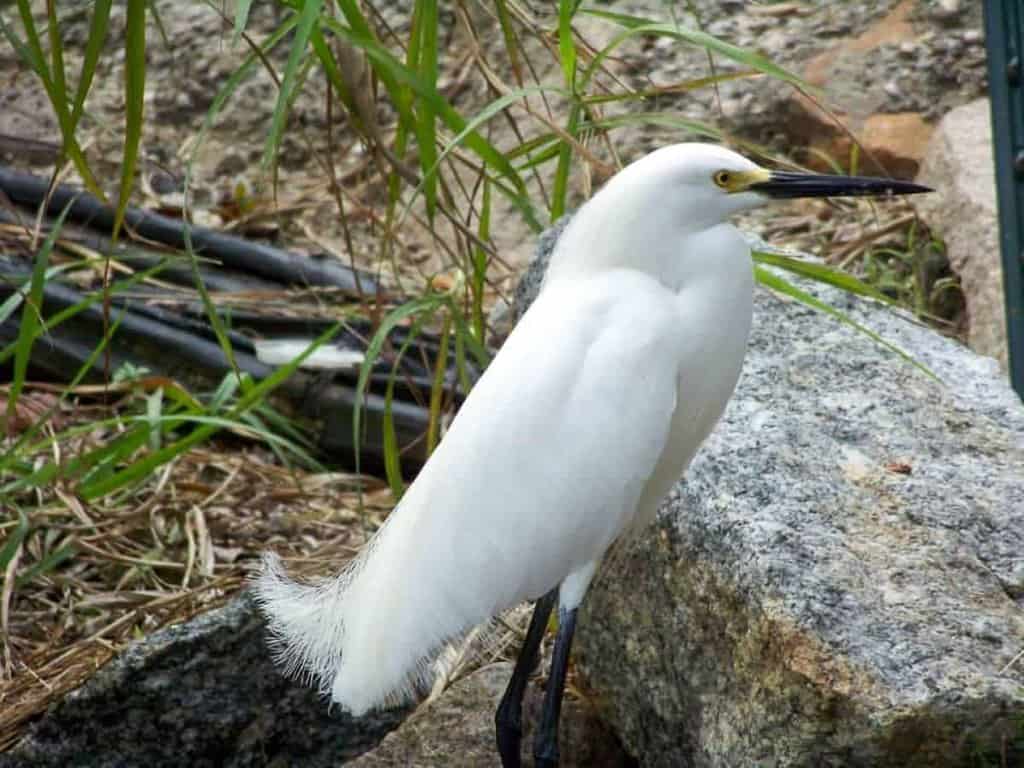
Useful Information for Visitors to Merritt Island NWR:
- Operating Hours: The refuge is open year-round, 24 hours a day. Visitor Center: Monday to Saturday: 8:00 AM–4:30 PM-Sunday: Closed. The Visitor Center may be closed on federal holidays, so it’s always a good idea to check in advance on the official website if you’re planning to stop by 321-861-0669.
- Pets: Most areas of the refuge allow pets, but you must keep them on a leash that is no longer than six feet. It’s also recommended to keep your dog away from the wildlife, as some animals (like alligators) may pose a threat.
- Entrance Fees: The purchase of the Refuge Daily Pass for $10.00 per vehicle is required to enter the Black Point Wildlife Drive and Bio Lab Road.
- Best Time to Visit: The ideal time to visit is during the cooler months, from November to April. Temperatures are mild, and wildlife is more active, making it perfect for birdwatching, hiking, and photography. The summer months (May through October) can be hot/humid, and mosquitoes can be a nuisance, especially near the marshes.
- Accommodations: There are no overnight accommodations directly within the refuge, but you can find several options nearby: Titusville: Just minutes away from the refuge, Titusville has a range of hotels, motels, and bed-and-breakfasts. Some popular choices include Hampton Inn Titusville and Best Western Shuttle Inn. Cocoa Beach: About 30 minutes south of the refuge, Cocoa Beach offers more lodging options, including beachfront hotels like Radisson Resort at the Port. Camping: If you prefer camping, Canaveral National Seashore is nearby and offers tent camping on the islands in the Mosquito Lagoon. You can also explore the Jetty Park campgrounds or Wekiva Springs State Park, farther inland.
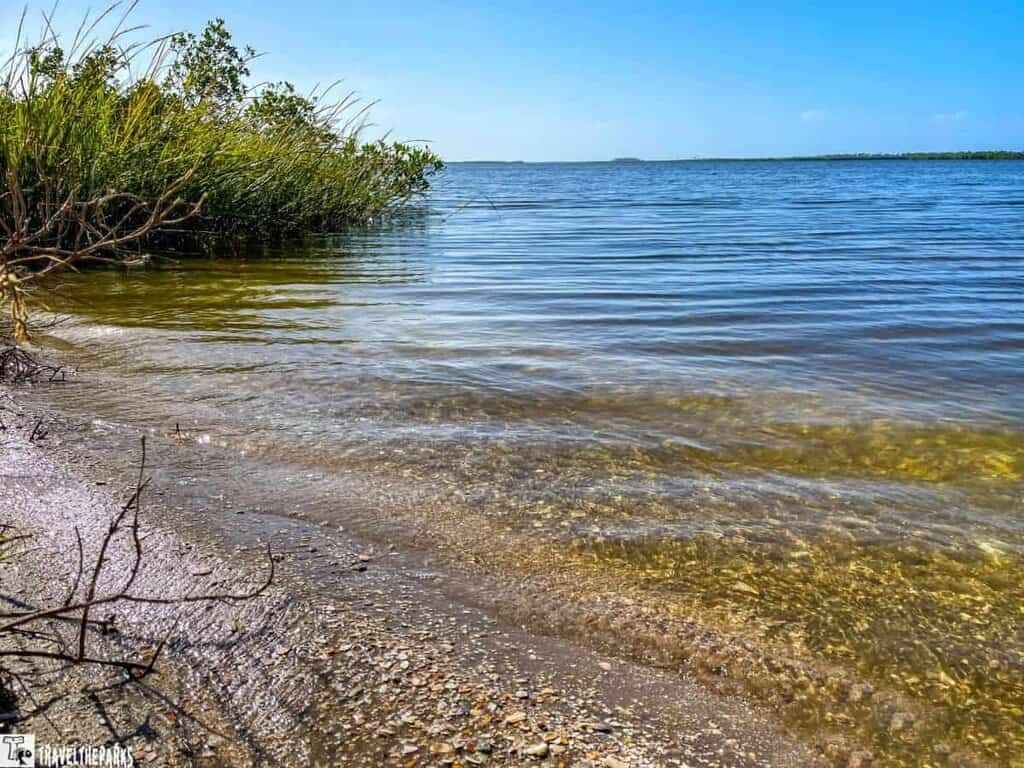
What to do at Merritt Island Wildlife Refuge
I wanted to enjoy a little solitude in nature and found that at Merritt Island National Wildlife Refuge. With its proximity to the Kennedy Space Center and Canaveral National Seashore, there is something for everyone. This large protected area provides many activities for visitors to discover its different environments, including wetlands, salt marshes, scrublands and uplands, all while watching the variety of wildlife. Here’s a list of the top activities to enjoy while you’re visiting:
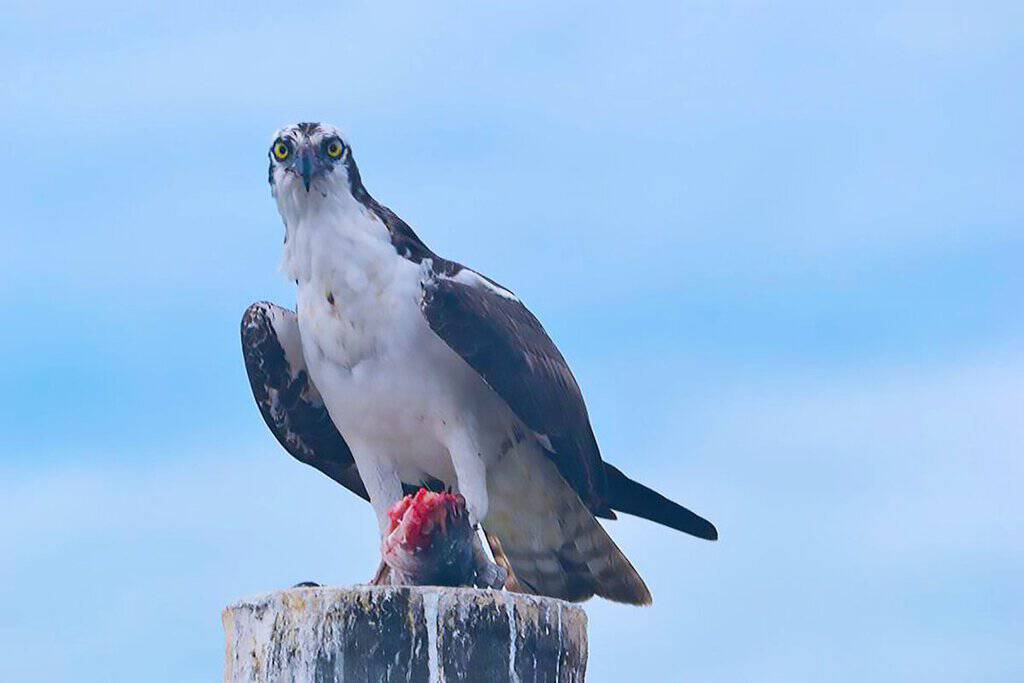
First Stop: Merritt Island Wildlife Refuge Visitor Center
Our first stop was the Visitor Center, which is right off State Road 402. It’s a small but beautifully designed spot with friendly staff, wildlife exhibits, and helpful maps. We grabbed some brochures to get an idea of the trails and drives available and learned a bit about the diverse ecosystems here (spoiler alert: it’s a birdwatcher’s dream!). We also picked up some bug spray—trust me, you’ll want this during the summer months, as the mosquitoes are real.
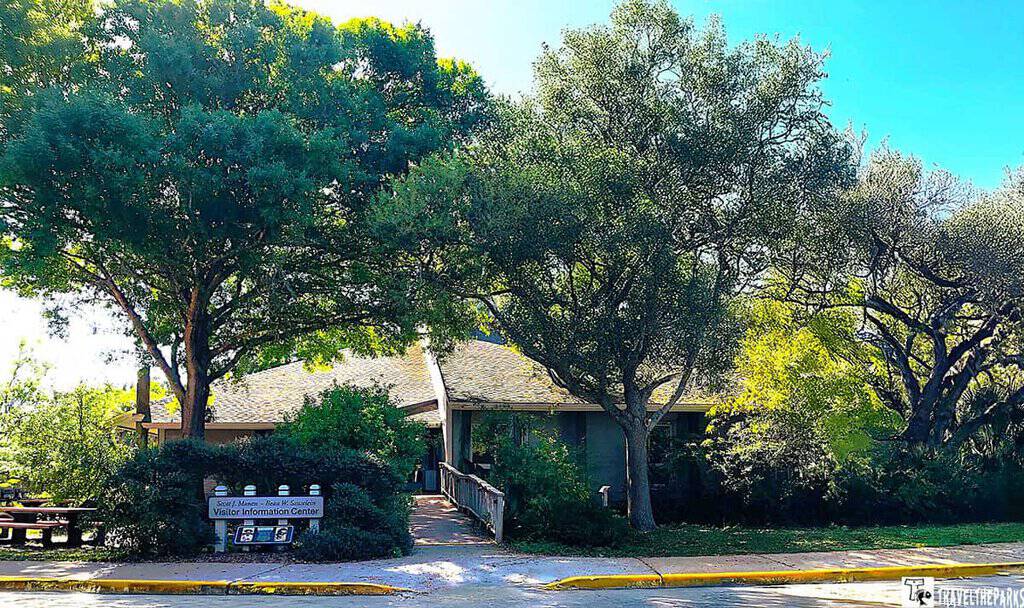
The 1/4 mile Loop boardwalk over the water at Merritt Island National Wildlife Refuge is definitely a must-do experience and one of the highlights of visiting the refuge. These elevated paths allow you to venture out over the wetlands and marshes, offering a completely different perspective of the landscape.
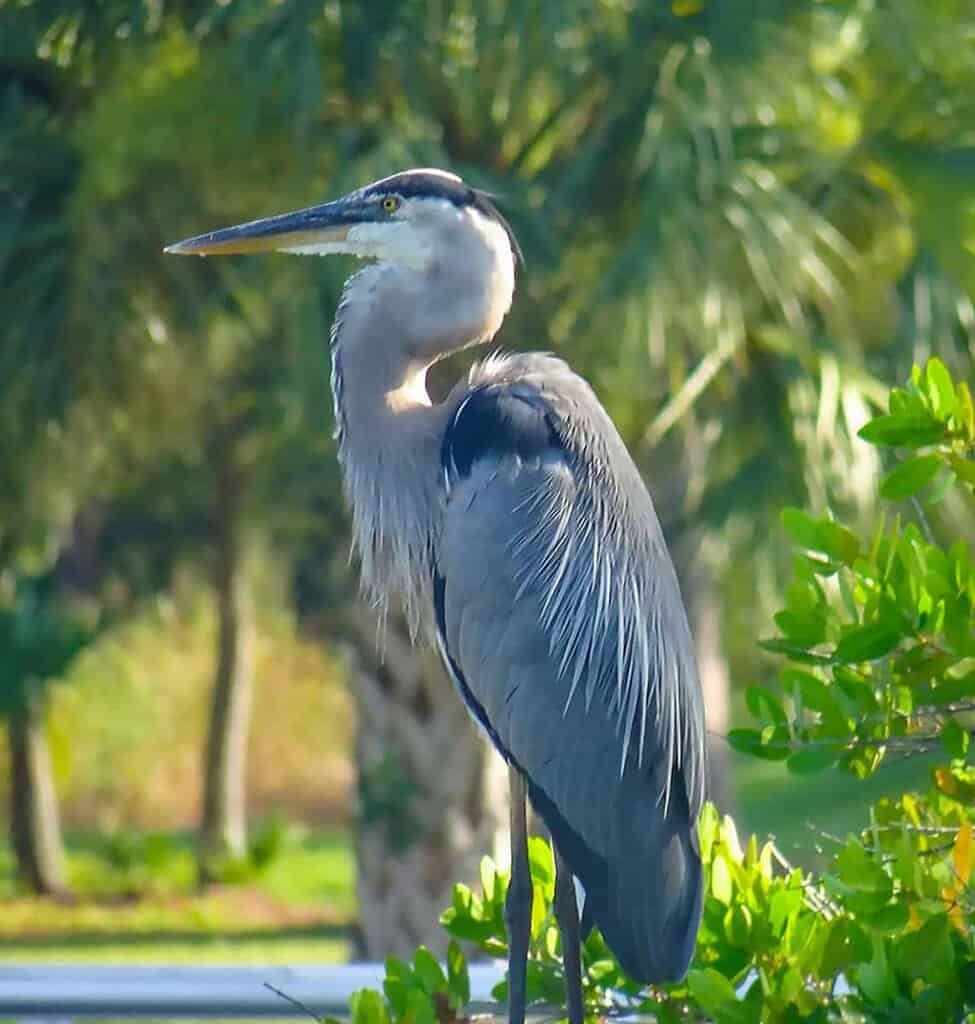
Our First Trail: The Black Point Wildlife Drive Trail
This 7-mile, one-way drive winds through the heart of the refuge, providing prime opportunities for birdwatching, wildlife viewing, and photography. Remember to grab a brochure first since there is a handout that talks to each of the numbered locations along the route. Our first stop was at the pay station. On the honor system, we paid our ten dollars to enjoy this one-way scenic drive. If you have a pass to Canaveral National Seashore (America the Beautiful Pass), it’s free.
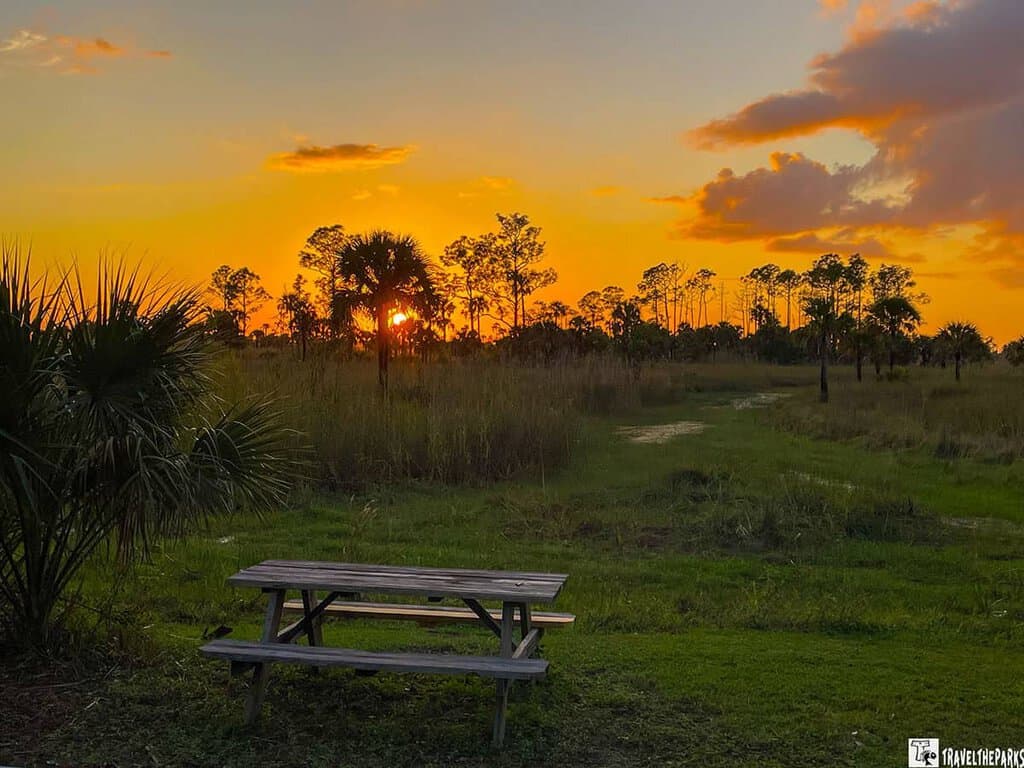
It will also pass through saltwater marshes, freshwater ponds, and areas of tidal flats teeming with life. Yes, Black Point Wildlife Drive has a series of observation points and pull-offs. The drive itself is mostly flat, easy to navigate, and the pace should be slow.
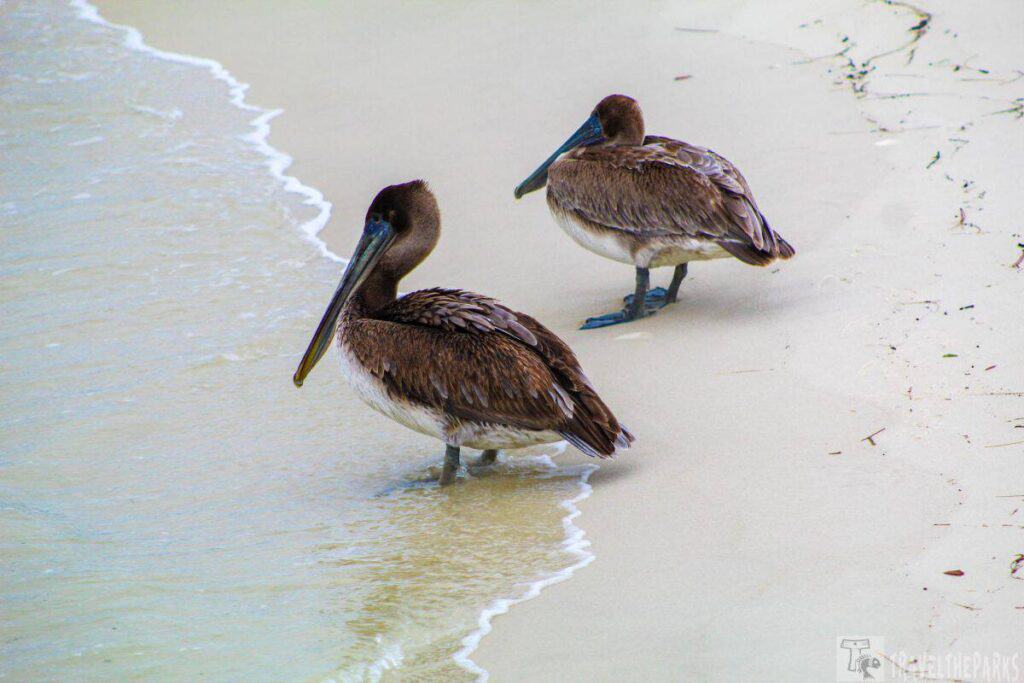
Off the Beaten Path: A Birder’s Paradise
This is one of the essential stopover points for migratory birds along the Atlantic Flyway. Thus, the place is perfect for bird-watchers. Immediately we began to see wildlife: flocks of roseate spoonbills and egrets wading in shallow water. I watched a great blue heron patrolling shallow waters for fish and crustaceans. The mangrove marshes were alive with activity. My favorite has always been pelicans. So acrobatic in the air, so clumsy on land. I do enjoy the way they skim the tops of the waves.
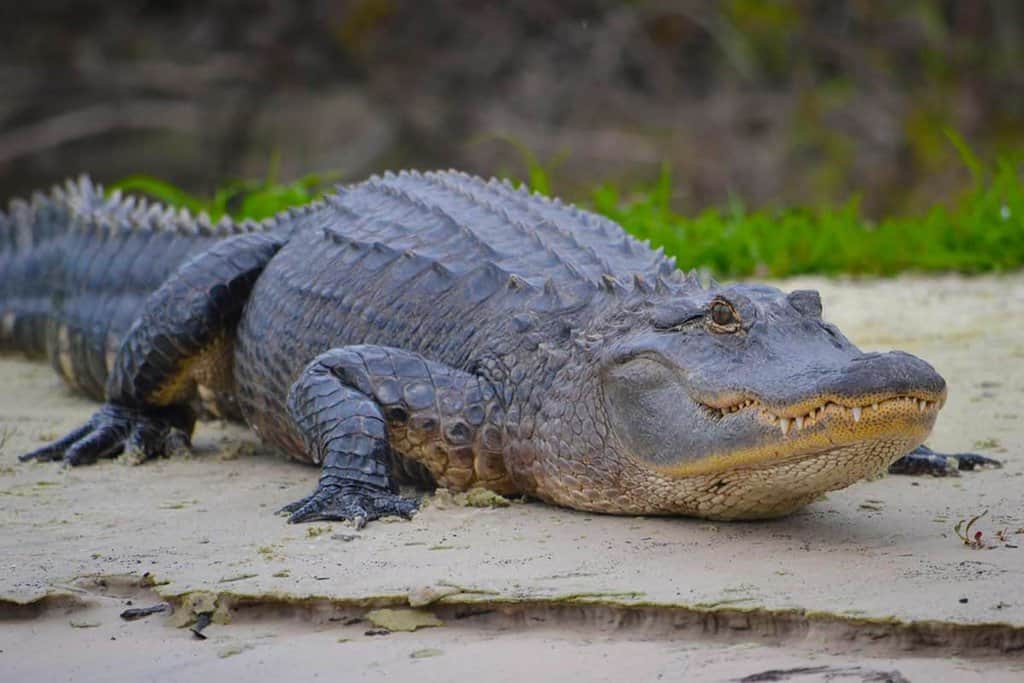
It seemed that every bend in the road revealed a new scene—one moment we were watching the osprey soaring above, the next, a pod of playful dolphins in the waters chasing bait fish into the shallows. It’s fascinating to watch. Sorry, no video, as I was just so mesmerized watching them. The sheer amount of alligators basking in the sun was too numerous to mention. The drive is leisurely, which gives you time to stop and really take it all in.
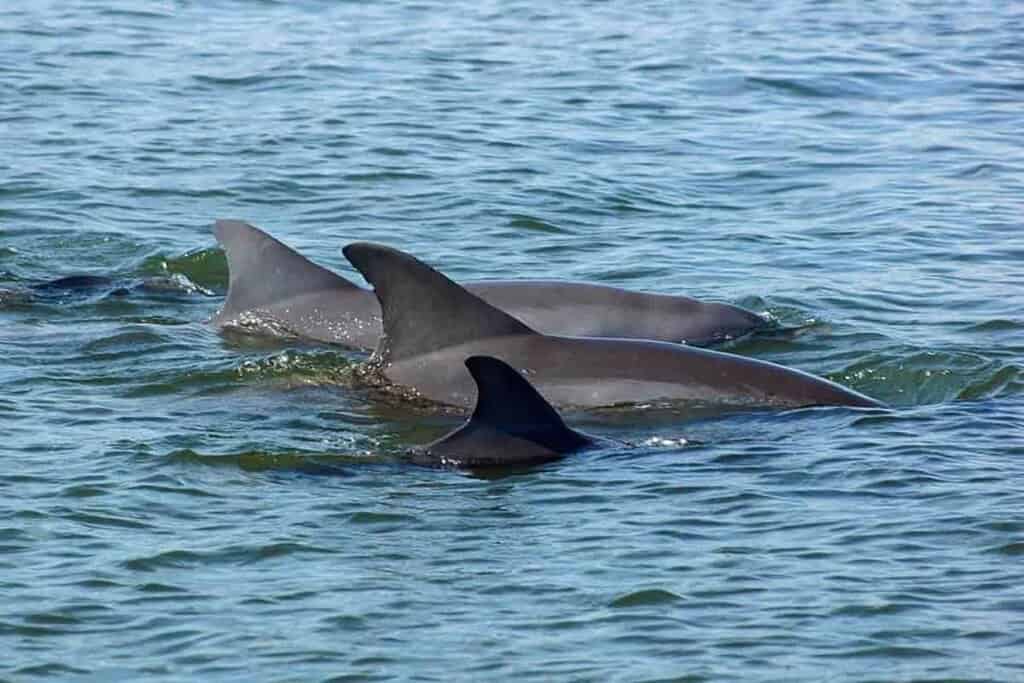
Hiking Trails: A Chance to Stretch Your Legs
After a couple of hours cruising along the wildlife drive, we were ready to stretch our legs. Merritt Island offers several hiking trails.
- Palm Hammock Trail: an easy 2-mile loop
- Oak Hammock Trail: an easy 0.75-mile loop
- Scrub Ridge Trail: a moderate 1.2-mile loop which takes you into the scrub habitats where you can spot even more bird species, including sandhill cranes and endangered species like the Florida scrub jay.
- Cruickshank Trail is a moderate 4.8-mile loop. We walked through dense scrubland, where the path opened up into sun-drenched patches of sandy soil and low-growing oak trees.
- Wild Bird Trail: an easy 0.25-mile round-trip.
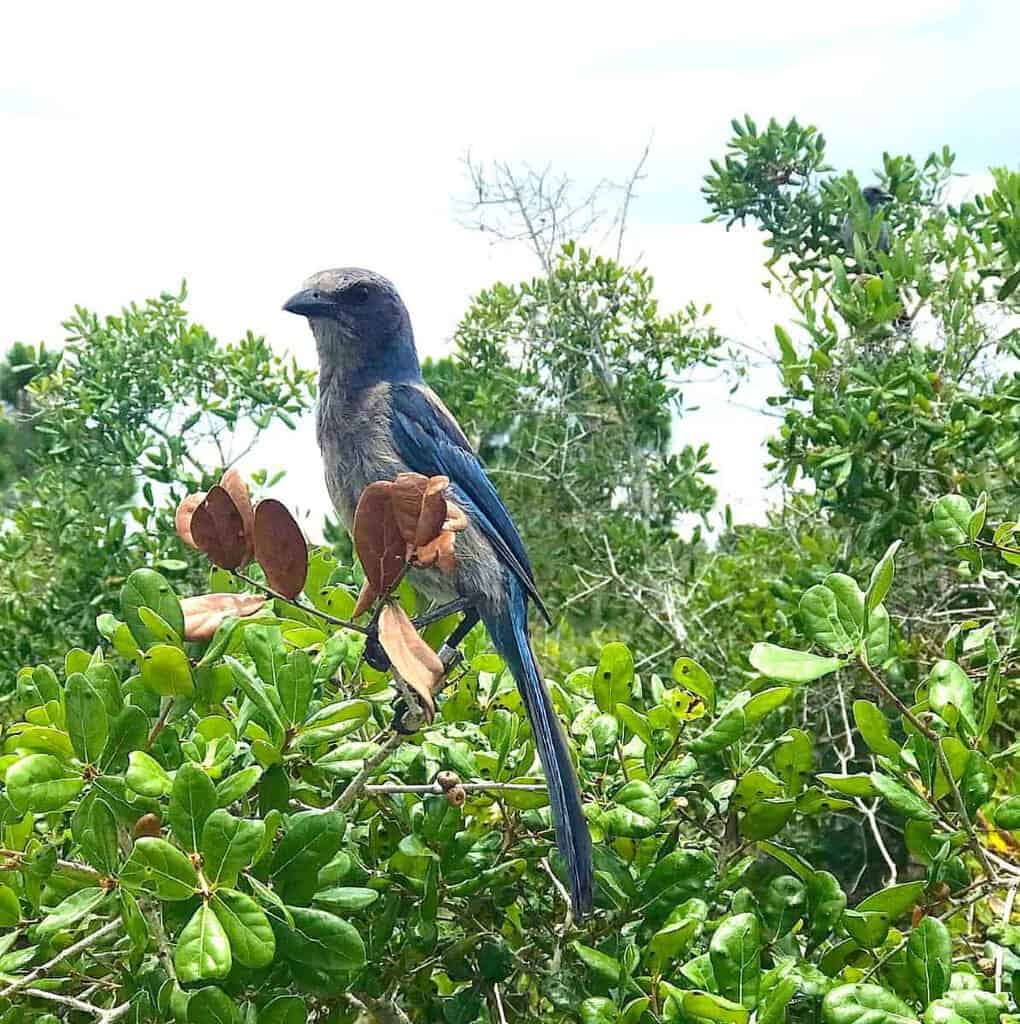

Why the Trails Are Worth It
This is a refuge that provides that sense of awe, and that “Jurassic Park”-like vibe is part of what makes Merritt Island National Wildlife Refuge so unique. You definitely get the feeling of having stepped into another world. The dense, tangled wetlands-with their mangroves and sawgrass marshes-do evoke that sense akin to making your way through a wild, untamed place. There’s something primordial, untouched about it-like one has entered some prehistoric landscape where the rhythm of nature moves at its own pace.
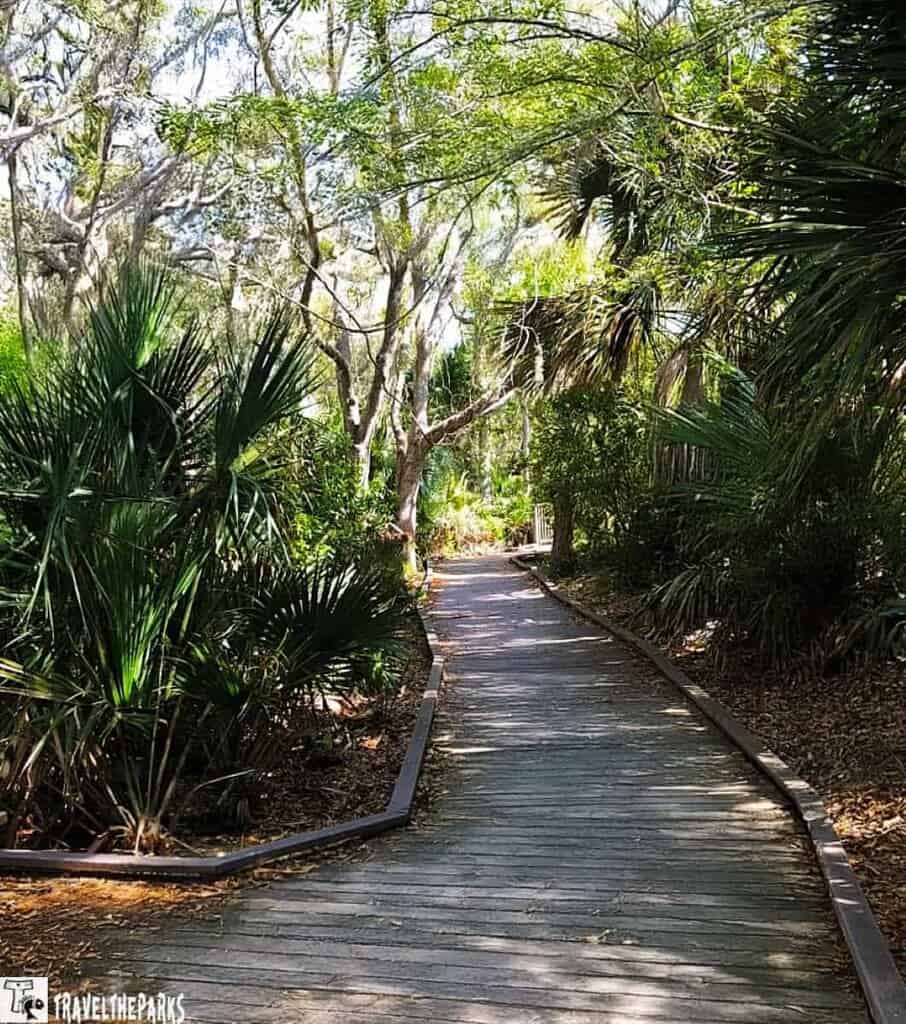
And the air is so thick with humidity and the scent of damp earth and vegetation that it’s easy to forget you’re only a short drive away from bustling cities and the high-tech world of the Kennedy Space Center. You’re literally just a stone’s throw away from NASA’s rocket launches, yet here in the wildlife refuge, you feel miles away from any of that.
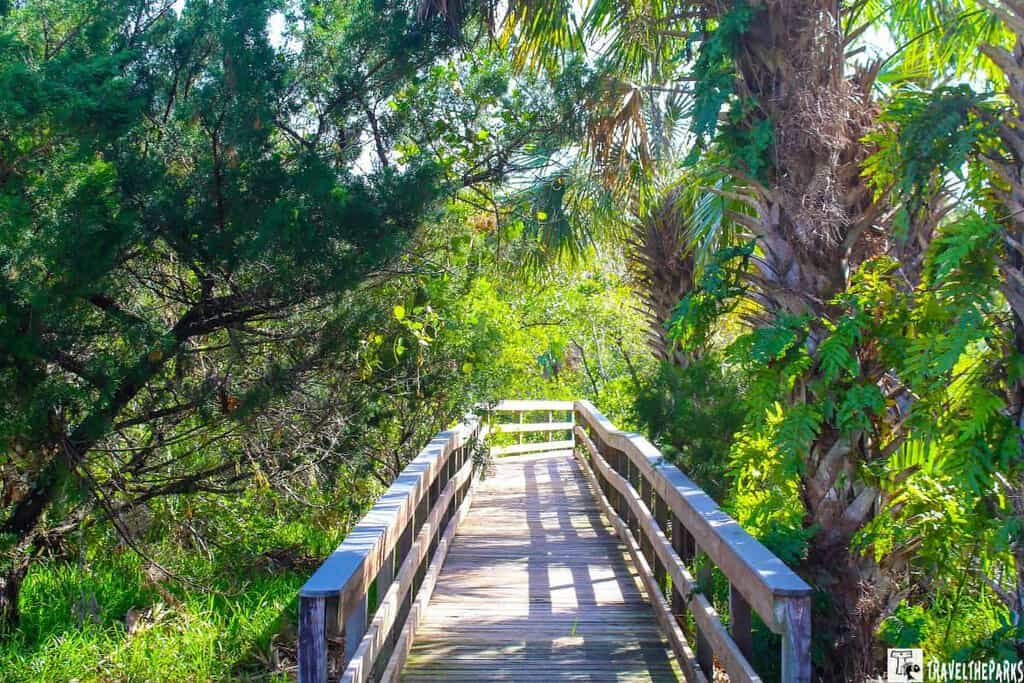
Trail Tips: Merritt Islands NWR
- Bring water and sunscreen: It can get hot, especially in the summer months, so make sure you’re prepared for the sun.
- Wear sturdy shoes: Many of the trails are unpaved, so comfortable, supportive footwear is a must, especially if you’re doing longer hikes.
- Keep an eye out for wildlife: The trails are great for spotting wildlife that’s more elusive or active in quieter areas. Stay alert and you might spot something special!
- Timing: Early morning or late afternoon is the best time to visit, as the wildlife is more active during these cooler hours.
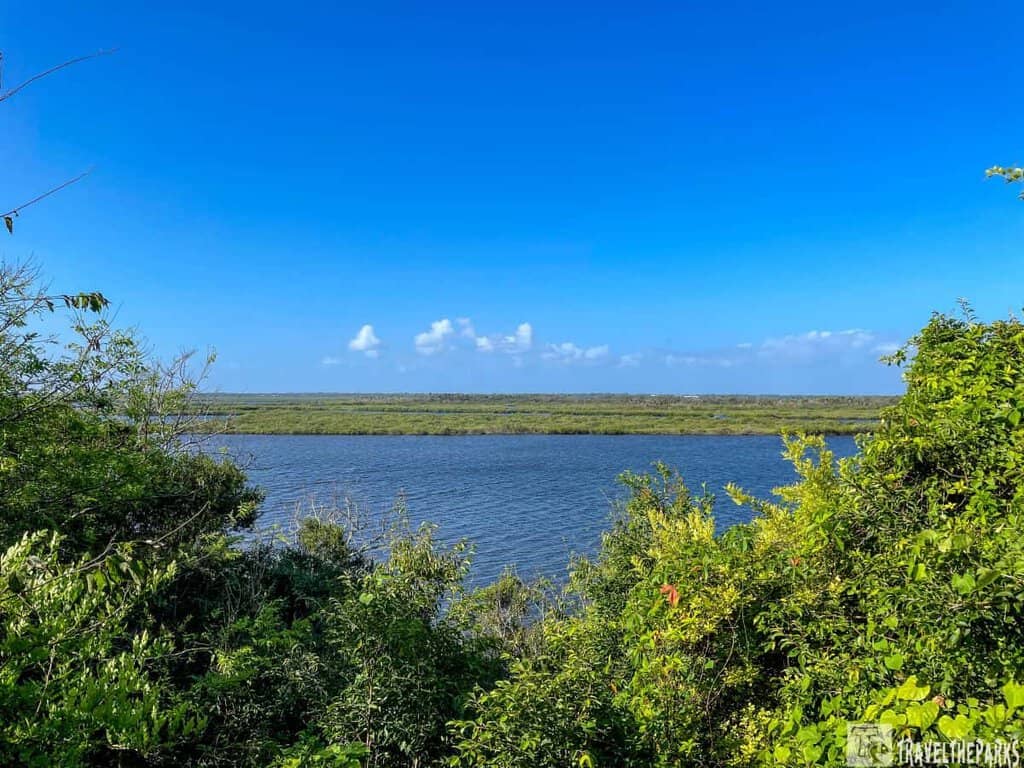
Lunch with a View
Time to refuel by mid-afternoon. There may not be a restaurant within the refuge itself, but, boy, are there ever options a short distance away. We drove a short distance to Shiloh’s Steak & Seafood in Titusville. If you love seafood, this is your place. We enjoyed fish tacos and an Ice tea at a table with a view of the Indian River Lagoon. A perfect break before heading back for more wildlife adventures.
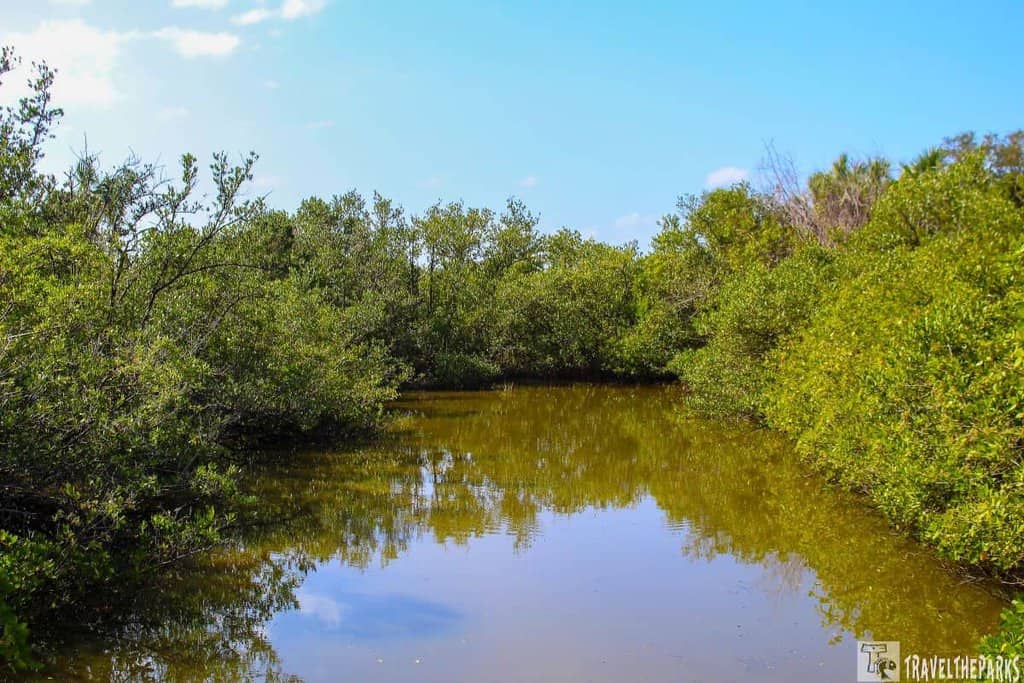
End the Day at the Haulover Canal: Manatee Observation Deck
To conclude our day, we traveled to the Haulover Canal, a well-known location for watching manatees and dolphins. The canal separates Merritt Island (Indian River) from the Canaveral National Seashore (Mosquito Lagoon) and is conveniently located just off State Road 406. During the winter months, the observation deck is especially active as the water temperatures in the adjacent lagoon drop, prompting manatees to seek out warmer areas like the canal’s mix of freshwater and saltwater. The calm waters here create a great environment for these gentle giants to congregate, particularly when the colder weather drives them to seek refuge near power plant outflows.
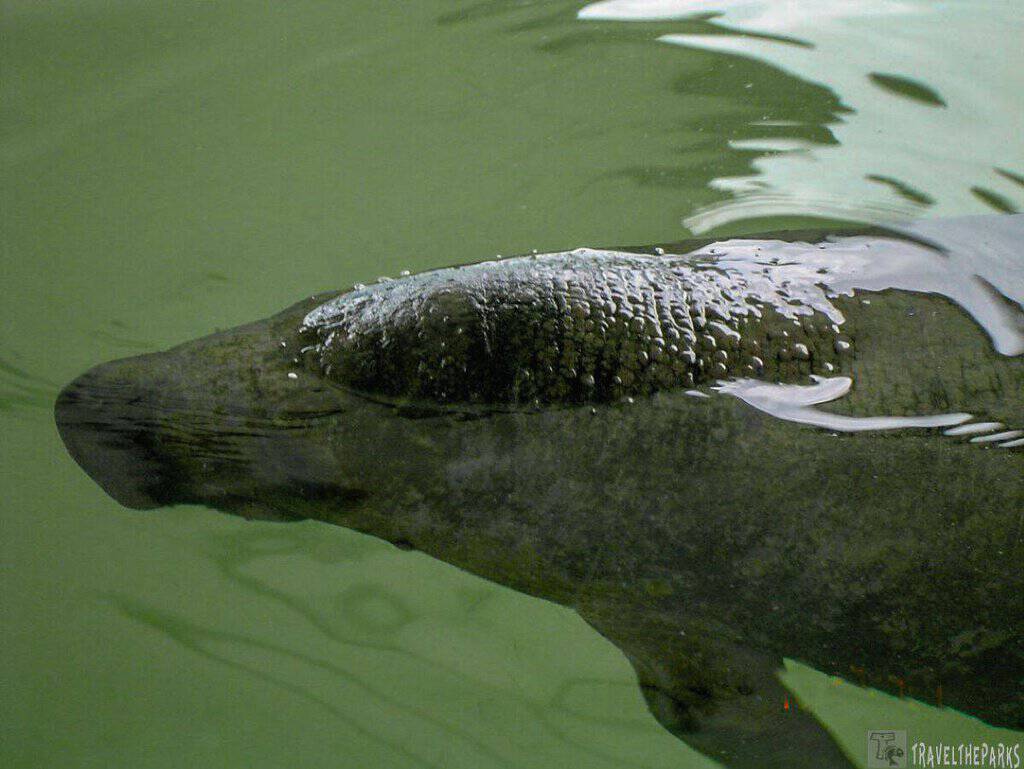
Take a Unique Bioluminescence Kayaking Tour
I must say there is nothing like paddling through the glowing waters of Haulover Canal on an extraordinary bioluminescence night kayaking tour. It was the perfect end of our day. When tiny, light-emitting organisms such as plankton react to movement in the water, a beautiful blue or green glow can appear. However, pictures are just too difficult to get, even with your phone.
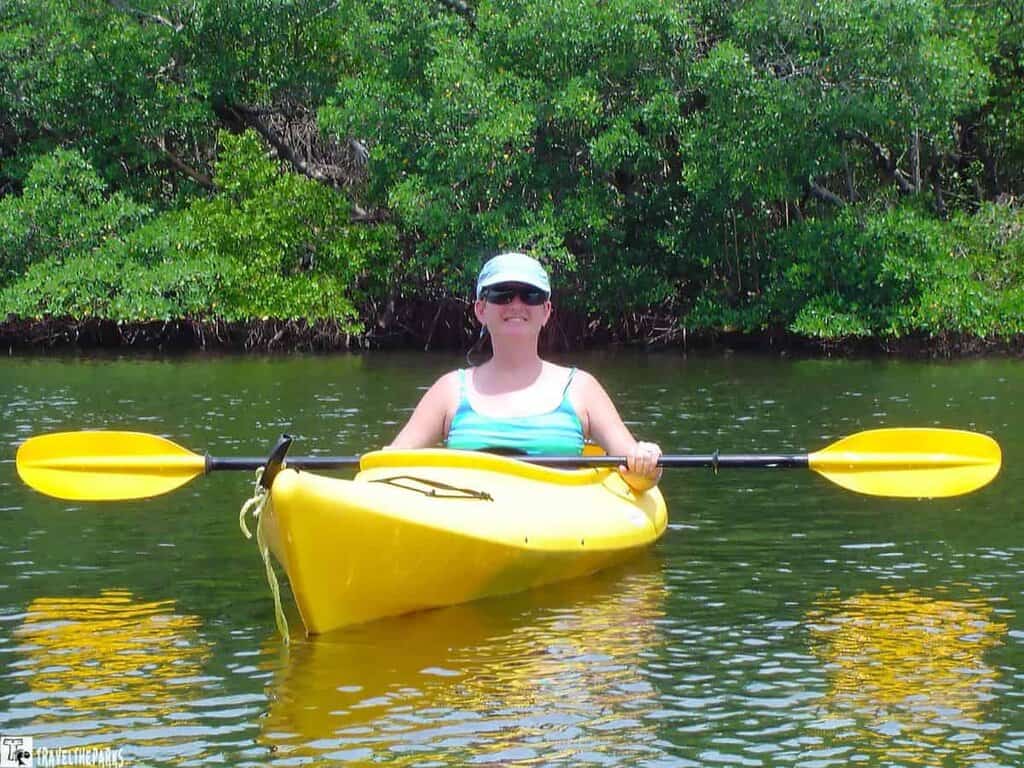
Florida’s coastal areas, including Haulover Canal, have several bioluminescent bays where this happens, which are at their most spectacular between summer and autumn. A guided kayak tour will provide everything from singles to tandem kayaks, not to mention the paddles and life jackets for your well-rounded magical after-dark adventure. Combine the sparkle of bioluminescence with the serenity of a Florida evening, and you’ve got the makings of an unforgettable experience.
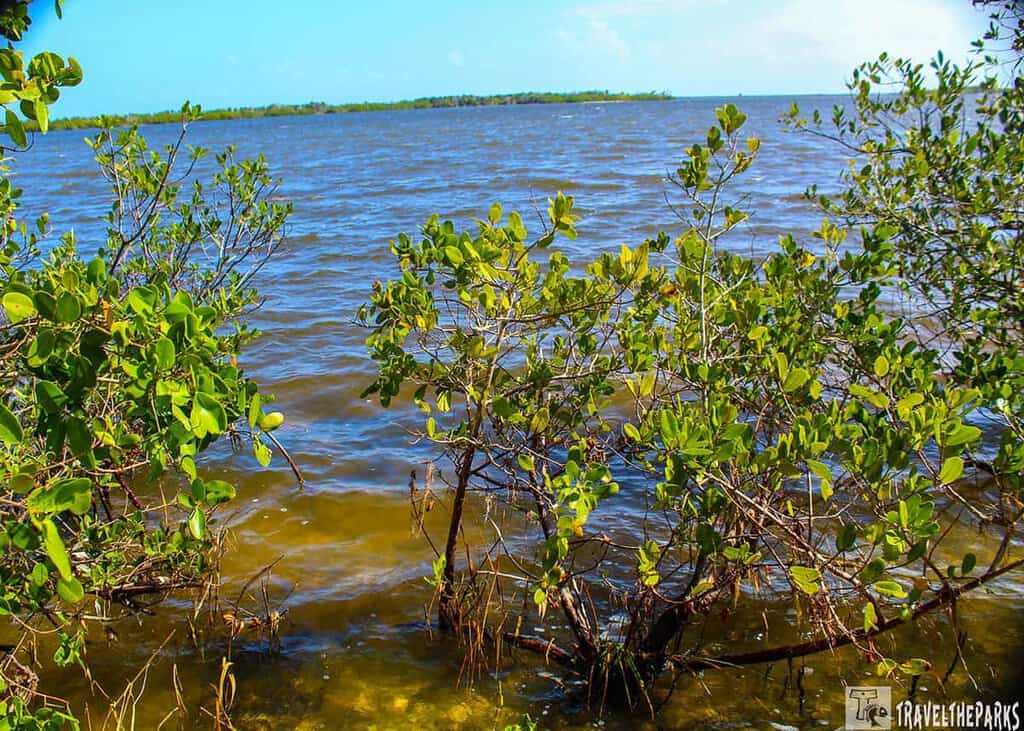
Final Thoughts: Merritt Island National Wildlife Refuge: What You Need to Know
Merritt Island NWR stands out as a treasure on Florida’s Space Coast. It reminds people that this part of Florida is diverse and dynamic: nature and technology thrive in their own worlds, just miles apart from one another. Really, it is one of those things that makes this area so magical. It’s an experience unlike any other, from the morning light dance across the marsh to soaking in the sounds of herons or watching a SpaceX rocket launch into the sky. It is all about that perfect mix of nature and achievement. A place that definitely leaves a mark.
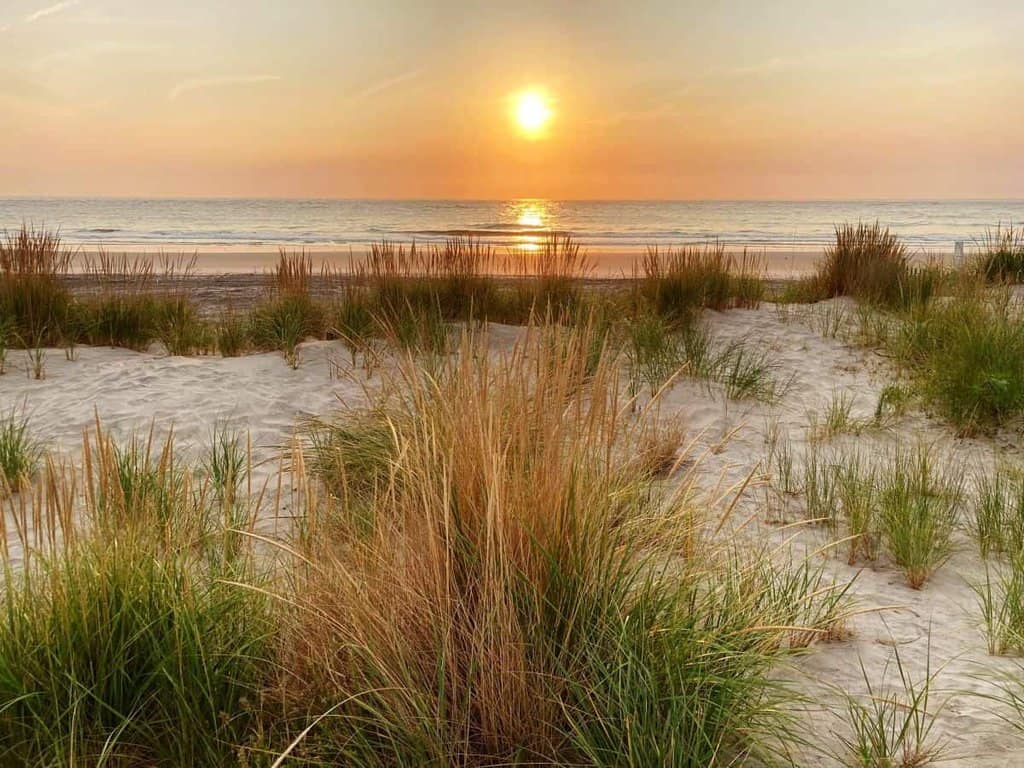
So if you’re in the area or planning a trip to Florida, put Merritt Island National Wildlife Refuge on your list—you’ll leave feeling connected to nature, recharged, and maybe even a little more in awe of this incredible planet we get to explore.
Have you been to Merritt Island Wildlife Refuge? What was your favorite activity? If you have not been yet-do you want to go?

